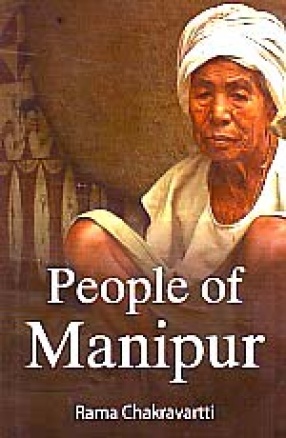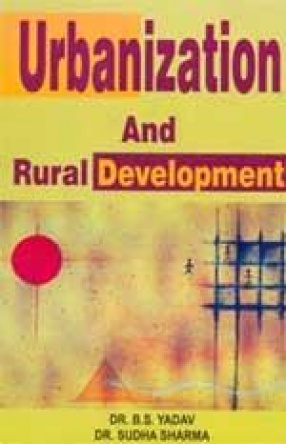North East India provided shelter to numerous people of various ethnic affiliations and of different social structures and cultural heritages. Since the year 1900, this part of Indian subcontinent has drawn attention to the Anthropologists of different parts of the globe. Few areas of the world can rival with Manipur in the rich diversity of its population, culture and above all, its overall panoramic view. Manipur is the homeland of a bewildering variety of people, kindred, tribes and languages. This monograph based on in-depth research investigations on four population groups of Manipur, both from the valley and the hill, presents the Anthropogenesis nature of the groups studied.
The book opens with the introducation of the people of Manipur and their land. The origin both historical and ethnical, the various sub-groups, the linguistic affiliations as well as the environment and ecology have been excellently dealt with in the opening chapter. Anthropometry being one of the most classical methods of ethnic assessinent has been studied very carefully, bringing out all records of measurements available till date.
The two most outstanding behavioural traits like tongue rolling, hand claping and arm folding have been subjected to genetic interpretation. A new genetic market has been introduced for the first time in India and it has been observed that there exists a genetic cline so far, as this marker is concerned. No such was taken till date with such battery of markers to assess the ethnic affinity of the population groups.





There are no reviews yet.